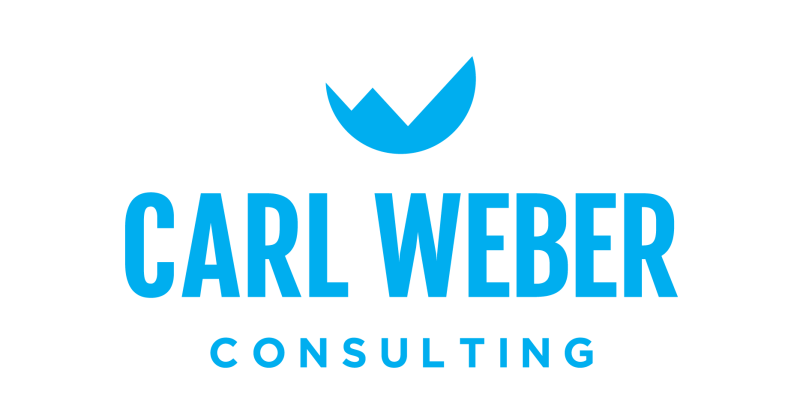
The past.
The past interactions.
The past emotional triggers.
These three silenced their voice.
I had the privilege of talking this out with them.
They explained the barriers. The things that prevent them from speaking up.
They explained the stress of finding not only the right words, but any words in the moment.
They explained about the constant overthinking and assigning motive.
They explained the constant reminders of the past.
“What is a way forward? What does finding your voice mean here? Where can you start?”
We talked about value, worth, and standing up and speaking up.
They agreed to try again. To set aside those events and triggers, and find their voice.
It wasn’t going to be easy, but the way forward would begin with looking for the next opportunity, pausing in the moment, and finding their voice despite the barriers. They were practicing, even in our conversation as the words poured out.
A few days later I got a message. The opportunity arrived. They found their voice and spoke up.
Despite the fear, and the anxiety, and all of the stuff that could get in the way, they took the leap and expressed their need.
They found their voice – AND – the organization responded!
The perceived barriers were not really our there in the organization, but created an internal barrier. These barriers were an historical lens that was not clearing seeing the present or the opportunities of today and future days.
How has the past, the prior interactions, and the triggers created internal barriers that silenced your voice?
How does finding your voice look moving forward?
How can you remember you worth and value to the organization and express what you need?
We are rooting for you, and look forward to hearing about how the organization, the person, the group, or the universe responds when you speak up!





